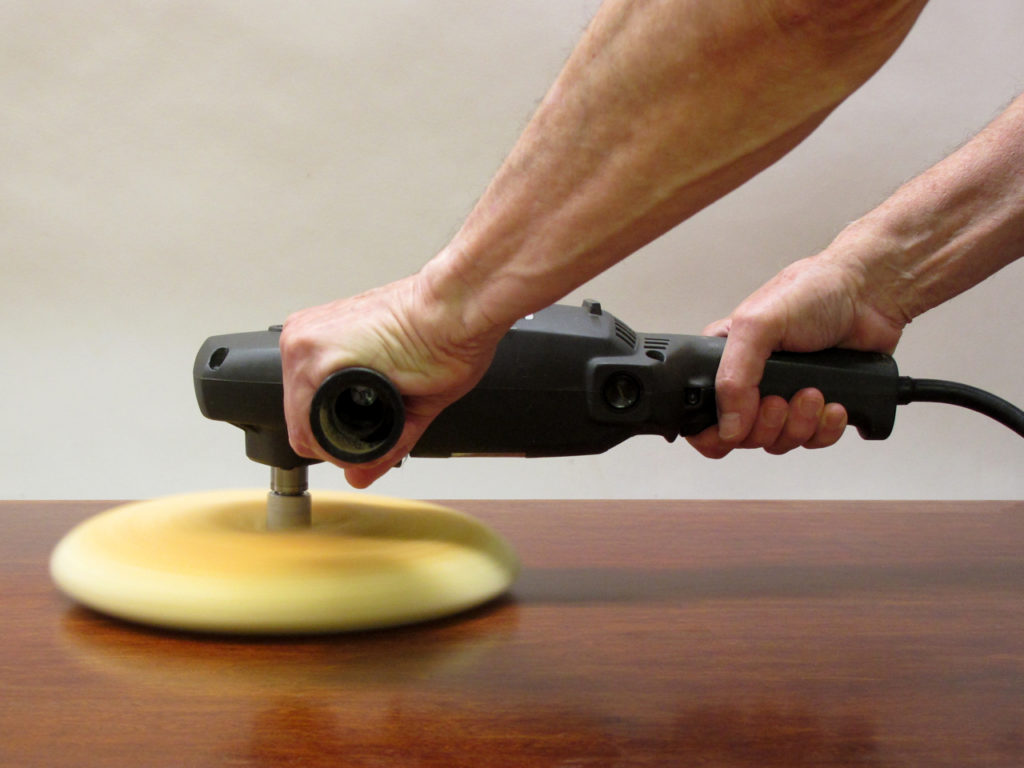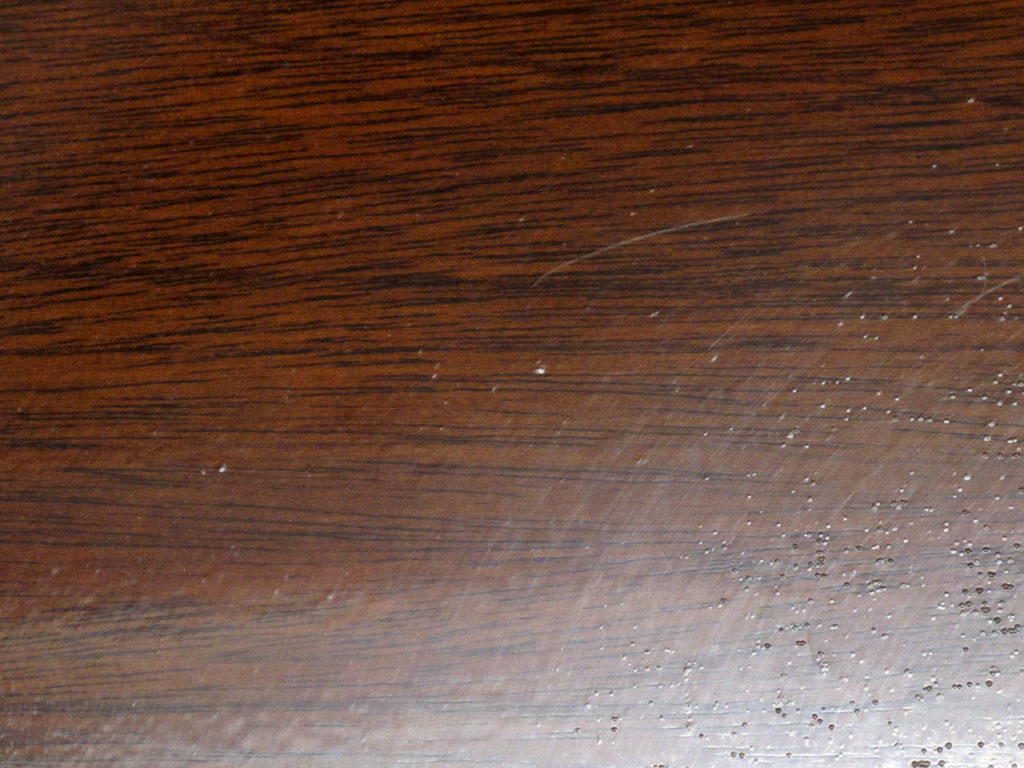We may receive a commission when you use our affiliate links. However, this does not impact our recommendations.

An electric polisher creates a lot of heat and can damage a finish if you don’t keep the polisher moving.
I got a call from a piano refinisher who had damaged the new finish he had applied by getting it too hot with an electric polisher. It turned out that he had polished finishes for years without this problem, but this was the first time he used nitrocellulose lacquer. He had used lacquer because his client requested it.
What to do now?
No finish is perfect. All have upsides and downsides. With nitrocellulose lacquer one of the upsides is that it’s the easiest finish to repair. It’s the most forgiving finish (though shellac is close). One of the downsides is that lacquer (and also shellac) are the easiest finishes to damage with heat. So by getting the finish so hot with the polisher (he said the finish was too hot to touch), he softened the finish and smeared it. There were even some air bubbles introduced.

The smears will be easy to remove by sanding them out and applying more finish. The bubbles will be harder.
With all finishes, the ultimate repair when you damage them is to strip and refinish. But in the case of lacquer (and usually shellac) the easier repair is to sand the finish back to below the damage and apply more lacquer. In this case, because of the bubbles, more lacquer will probably have to be applied first, then sand the finish back. It may take several coats to get the film built back up.
The reason this is so easy to do with lacquer (and usually with shellac) is that it’s an evaporative finish. It dries entirely by the evaporation of its solvent and each coat dissolves entirely into the previous coat. So the repair described can be made invisible.
– Bob Flexner
Here are some supplies and tools we find essential in our everyday work around the shop. We may receive a commission from sales referred by our links; however, we have carefully selected these products for their usefulness and quality.









So what finish had he been using for all those years?